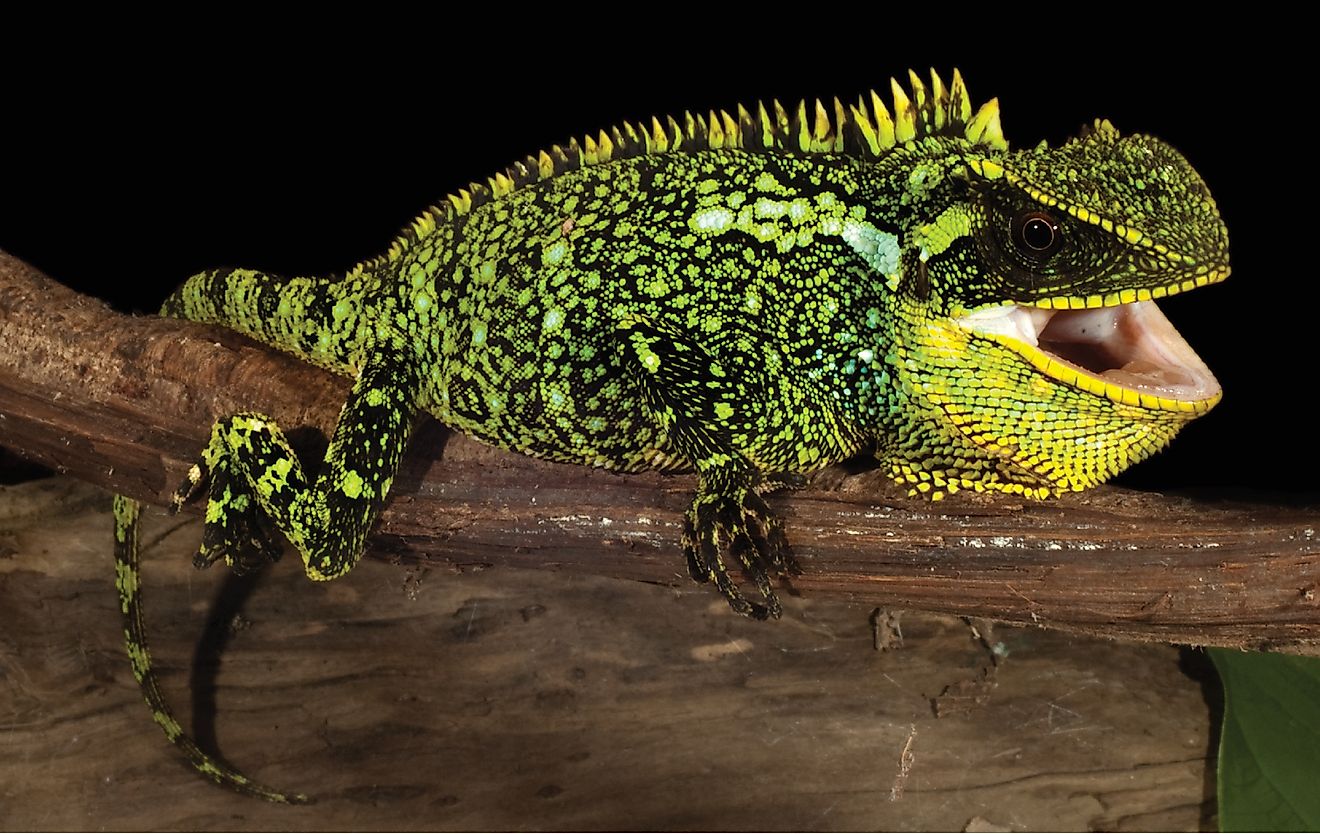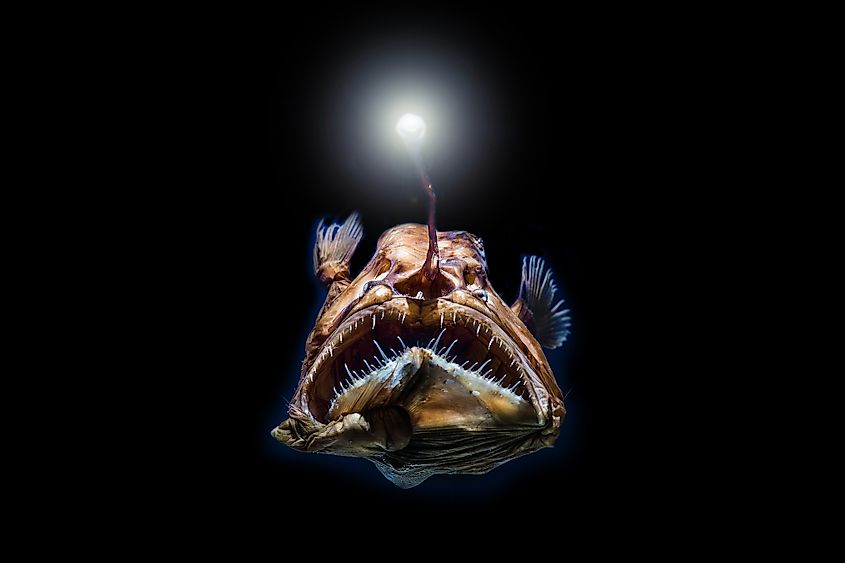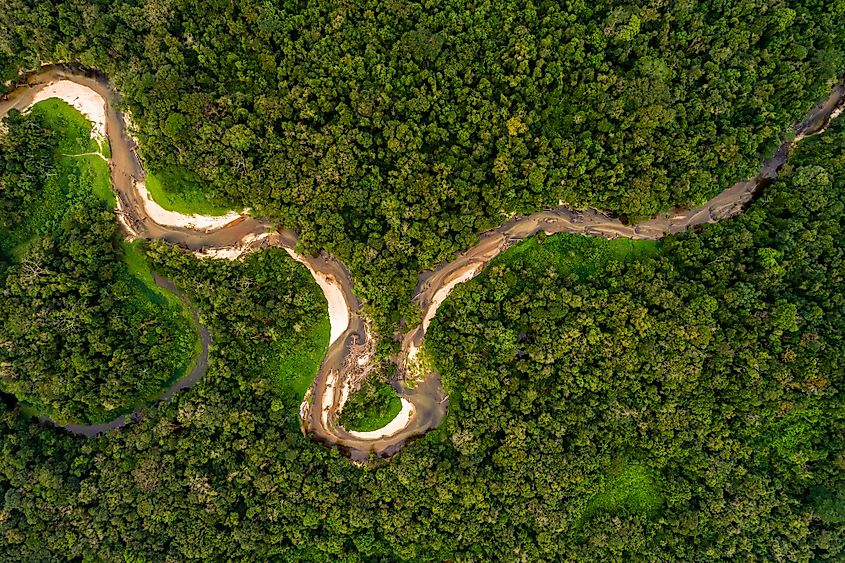How Many Undiscovered Species Could There Be On Earth?

- We have likely only discovered a tiny portion of ocean life to date.
- It is estimated that about 86% of species on Earth have yet to be discovered.
- The deep biosphere contains over 1 billion cubic miles of carbon-based life.
There are so many living things on our planet that we hear about in the news, documentaries, movies, and books that it would seem like we have discovered them all. Have we, though?
According to a study done by Boris Worm of Dalhousie University in Canada and referenced by National Geographic, we have not yet even come remotely close to doing so. Worm calculates that about 86% of the species now living on Earth and 91% living in our oceans have still not been identified, named and described.
Where are these creatures hiding? Here is a look at where new species discoveries are being made on Earth.
Deep Biosphere
The deep biosphere lies beneath the Earth’s crust, and extends many miles below both the continental and sea surface. In 2018, scientists who study the deep biosphere presented findings at an annual meeting of the American Geophysical Union. These indicated that there exist more carbon-based lifeforms in the deep biosphere than within all us humans on Earth. Amazing! In fact, the researchers at the conference went so far as to reveal that there could be someplace between in this region on Earth compared with what is in all of us.
How many organisms are we looking at?
It is estimated that millions of tiny microbes that have not yet been identified, classified and named on Earth now live in this region spread out over two billion cubic kilometers (1,242,742,384 cubic miles).
Ocean

According to the US National Oceanic and Atmospheric Administration, more than 80% of our oceans are unexplored. Since oceans cover upwards of 70% of the Earth, this leaves a lot to be discovered.
To begin with, researchers have mapped less than 10% of the world’s ocean floor using sonar technology. This is just a map of the land-we have not even begun to come close looking at all the organisms in the sea that live above and below it.
Countries are now said to be coming together to make discoveries. The Census of Marine Life was an international project that recorded life in the ocean for ten years, and involved over 2,700 scientists from 80 countries completing 540 marine expeditions. During this time of exploration countless organisms were discovered.
Since researchers like Worm say that about 91% of the ocean’s life has yet to be identified, there still remains much to be uncovered in the ocean.
Amazon Rainforest

The Amazon rainforest also presents an area on Earth that is home to many undiscovered animals. According to National Geographic, there are so many species to be uncovered in the Brazilian rainforest that scientists in 2017 were discovering a new amazon species every other day. Scientists worry that developing the rainforest into farmland and other uses could cause some species living there to go extinct before they are even discovered.
Because of discoveries yet to be made in the deep biosphere, the ocean, and Earth’s rainforests, there likely remain millions of undiscovered species now on our planet.











